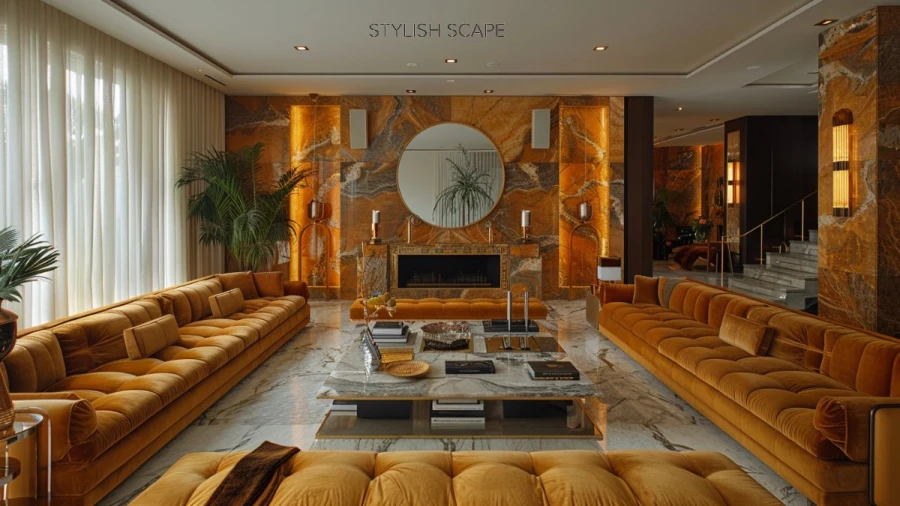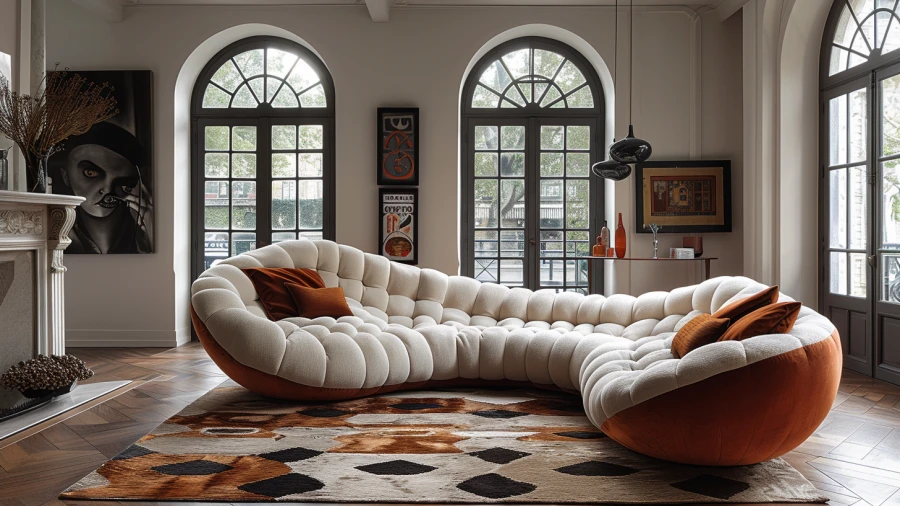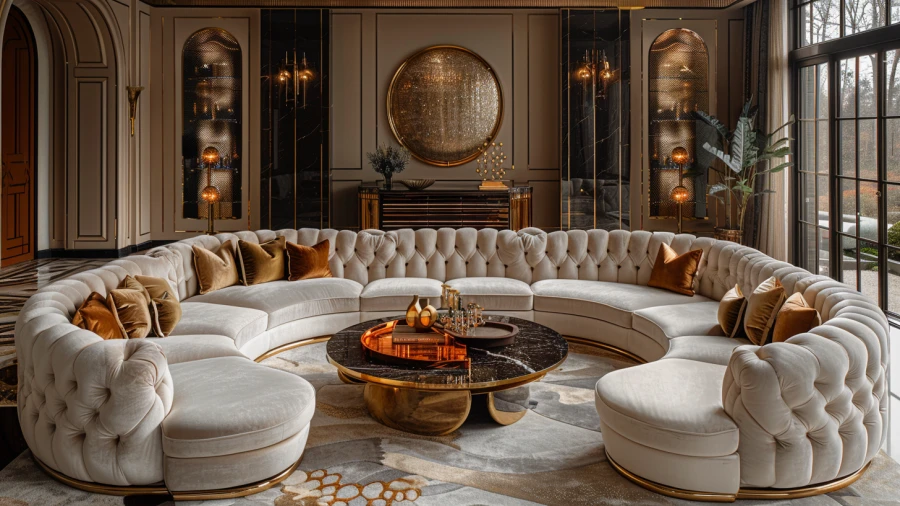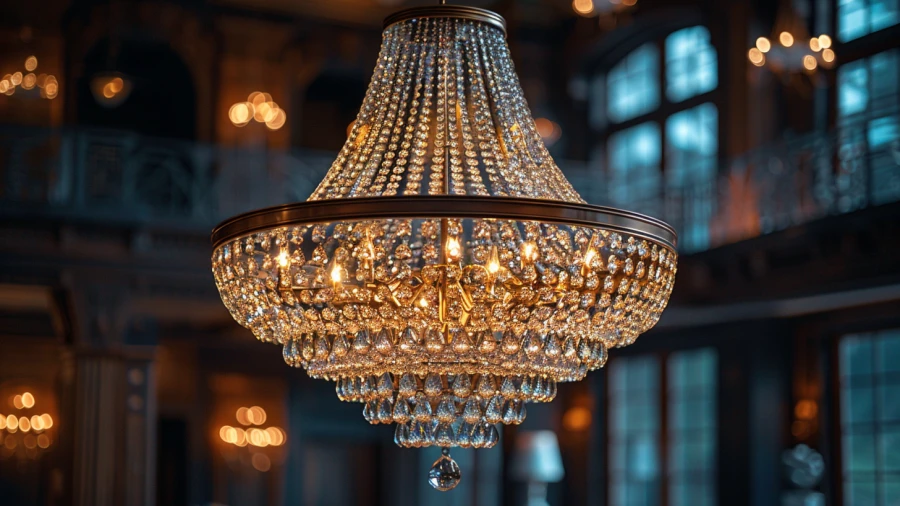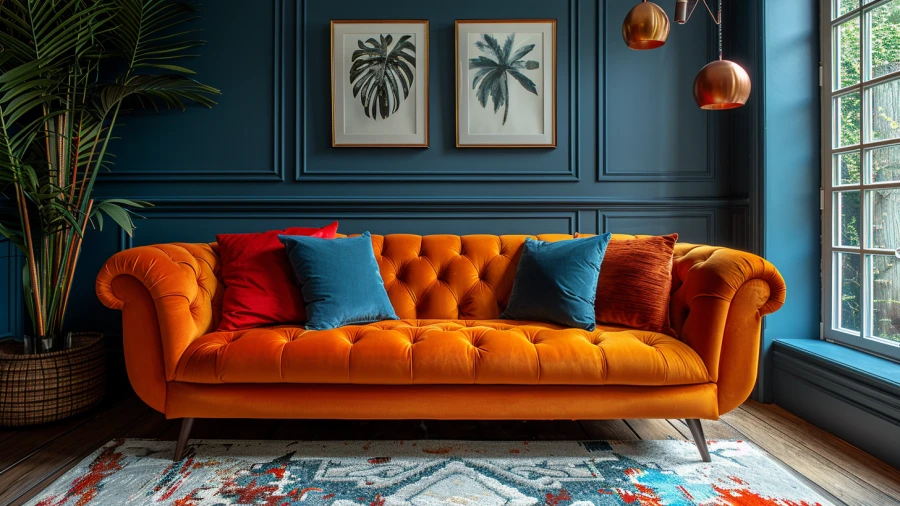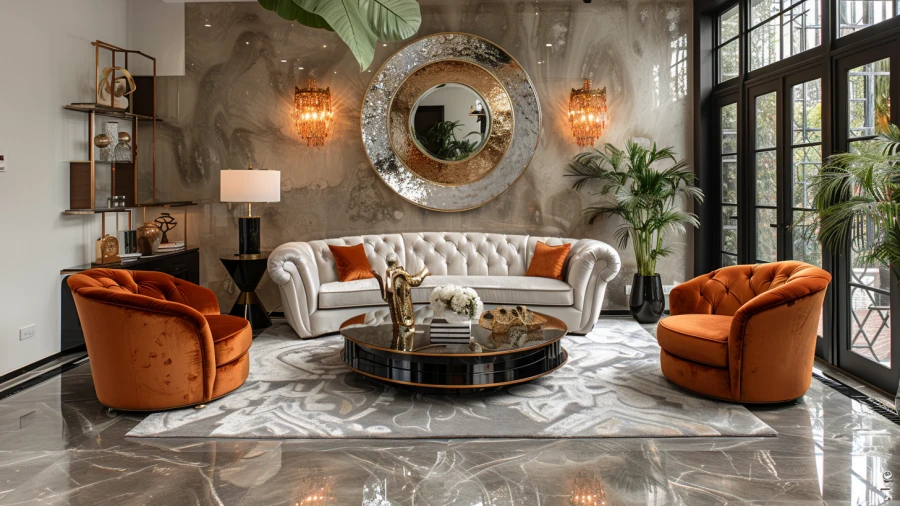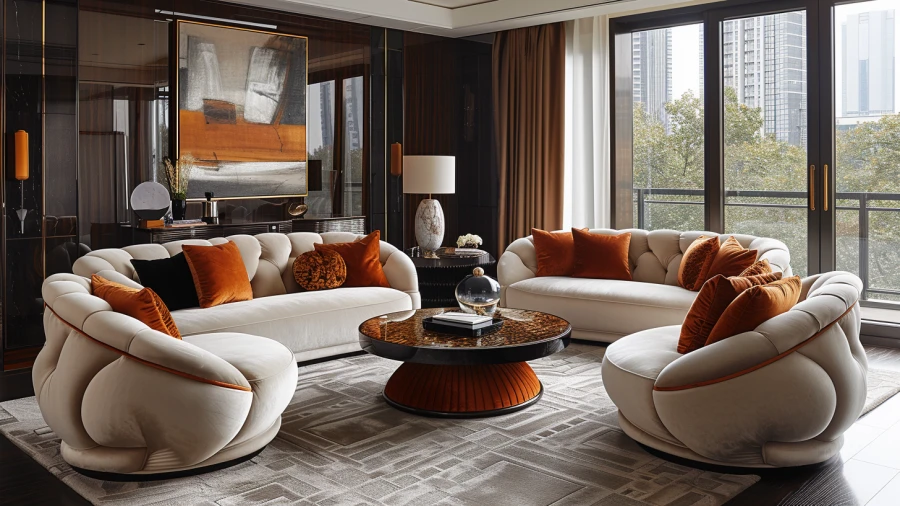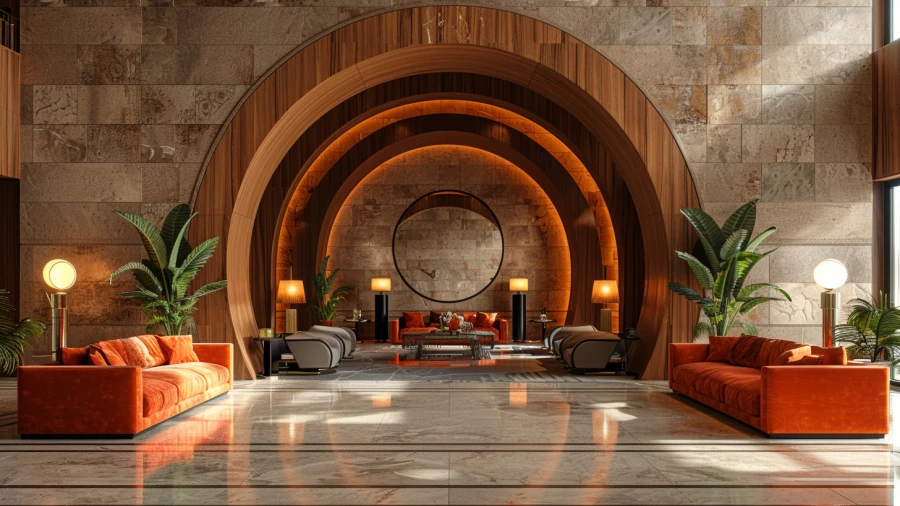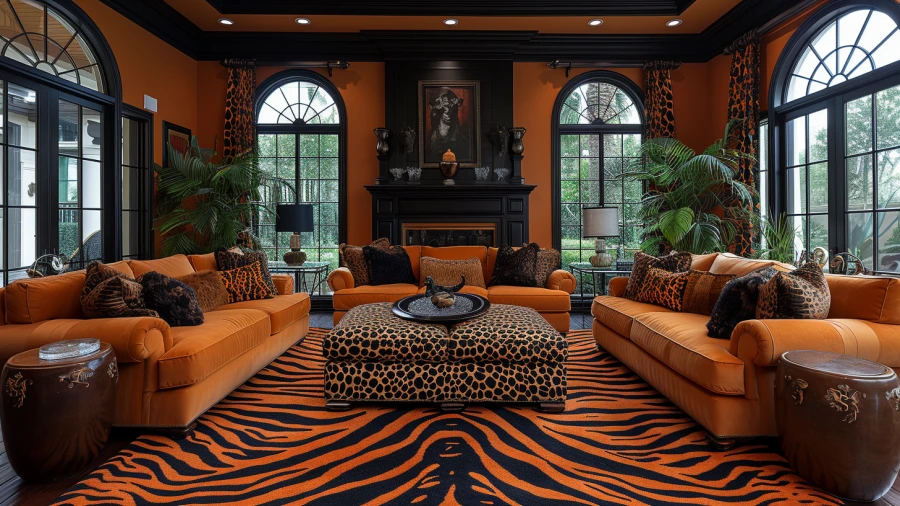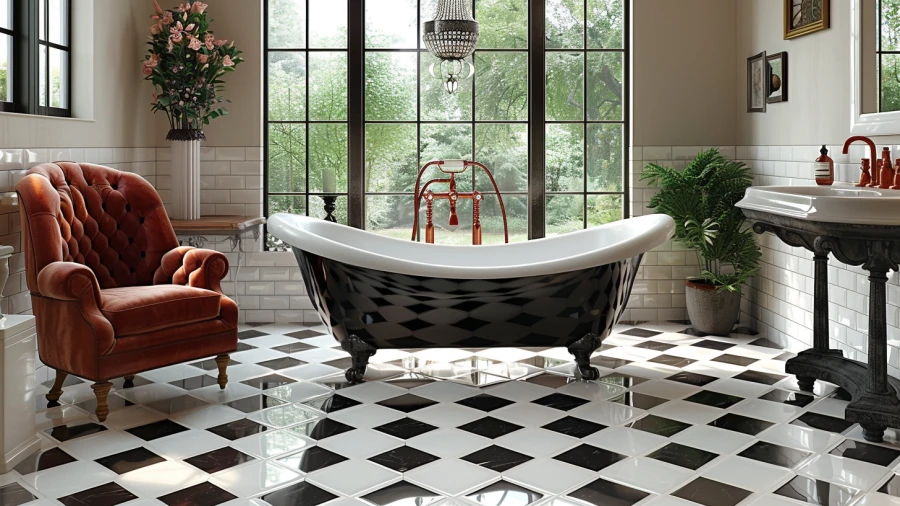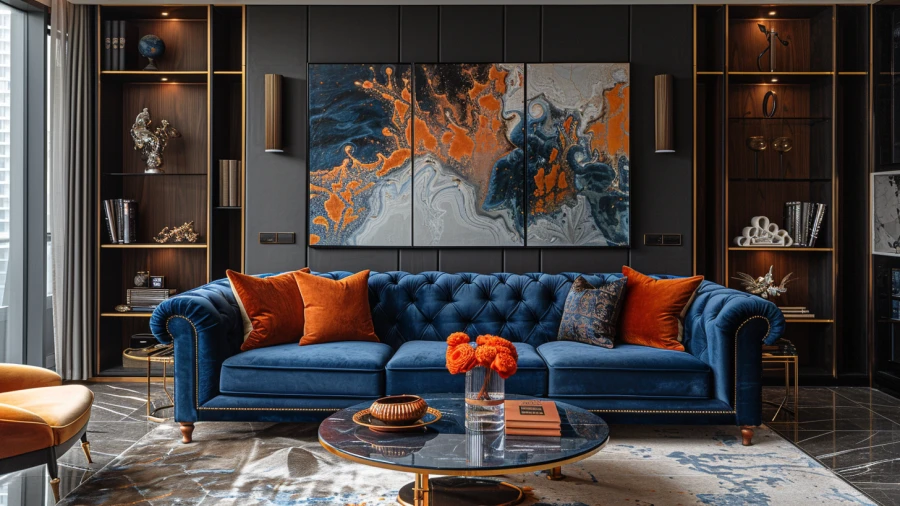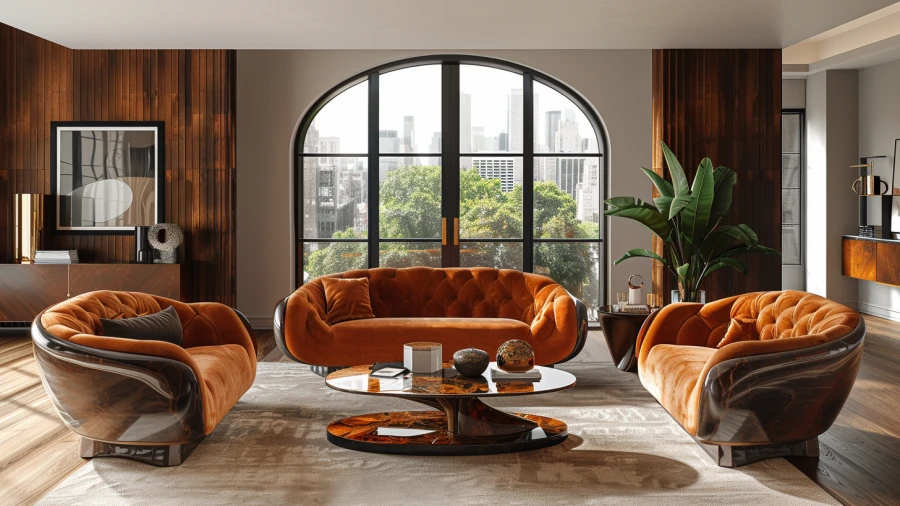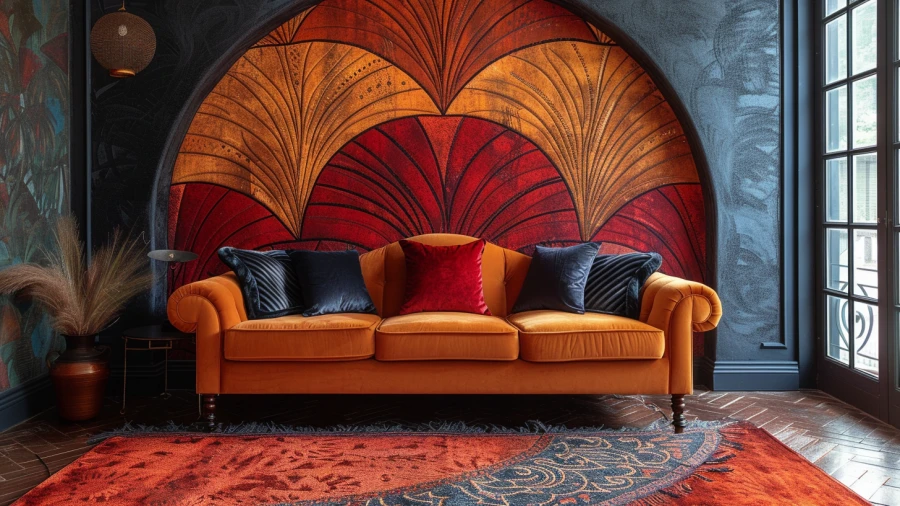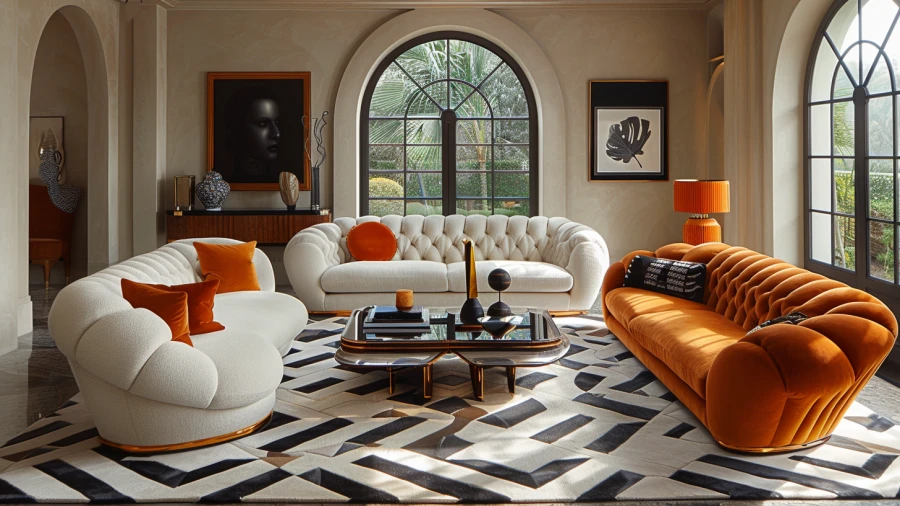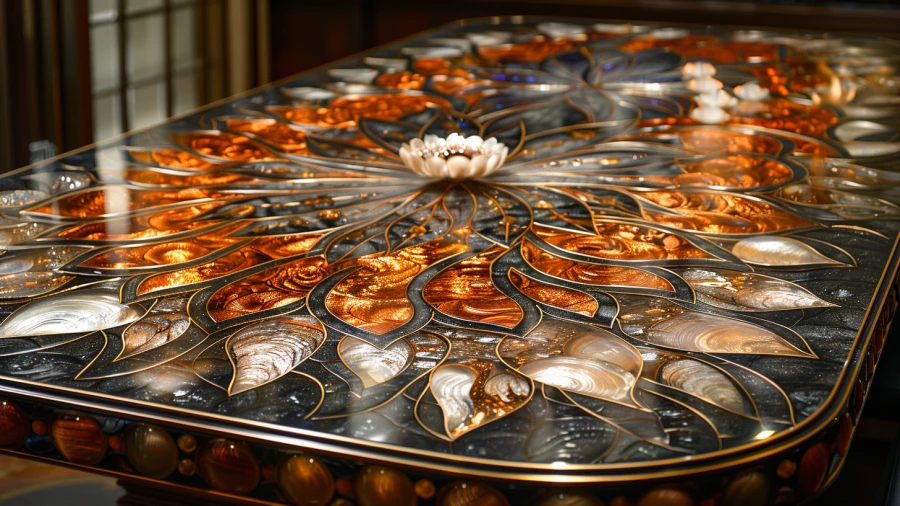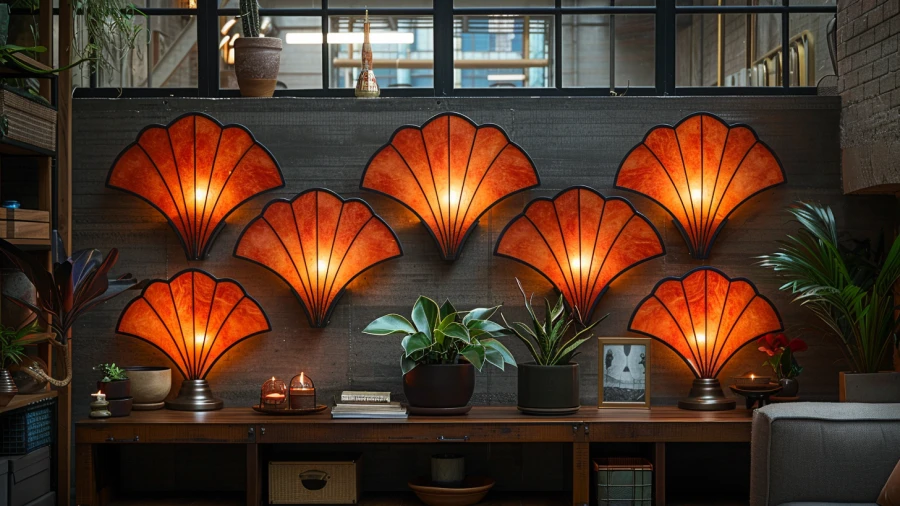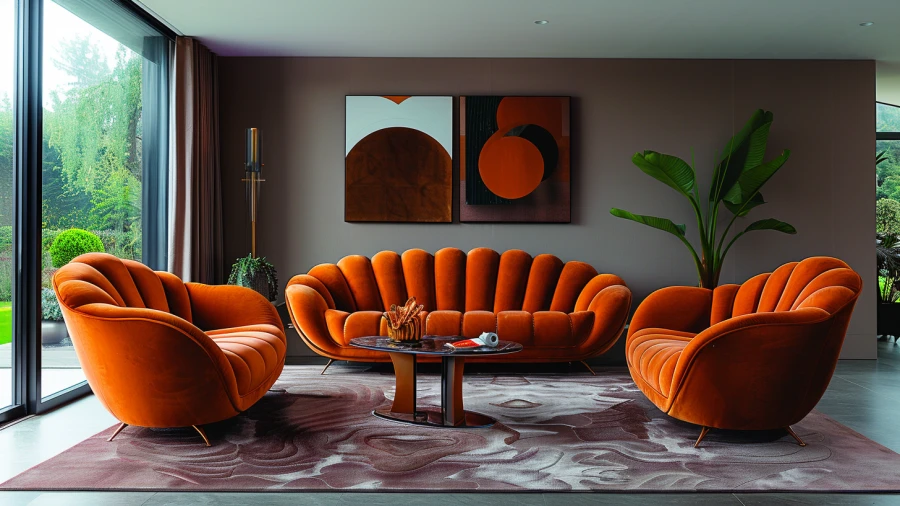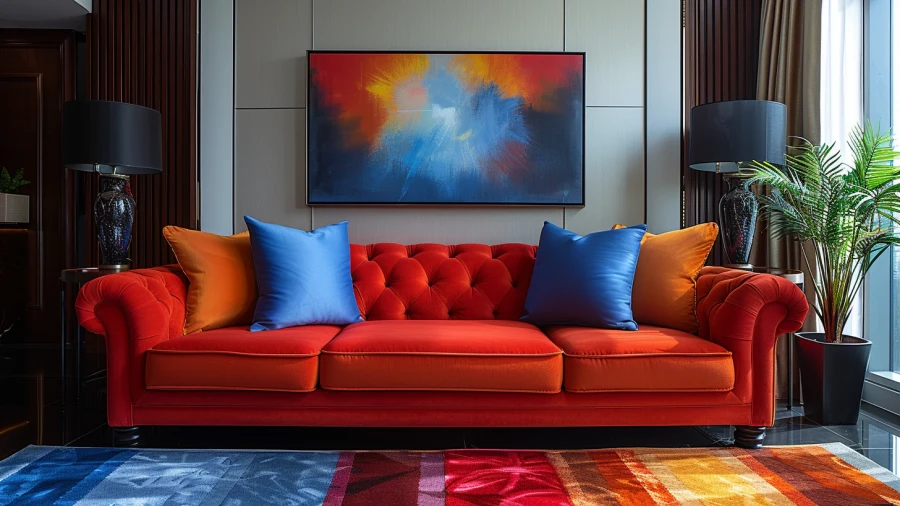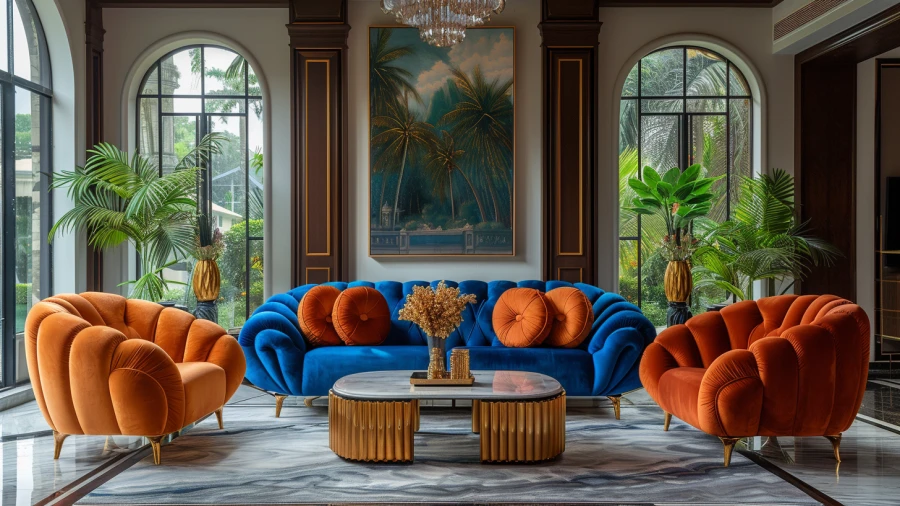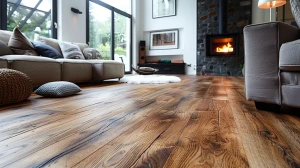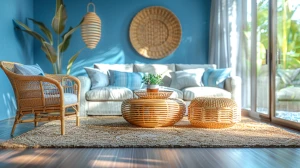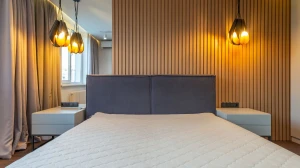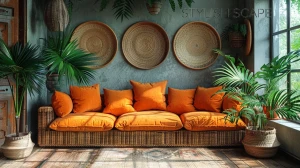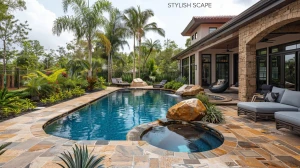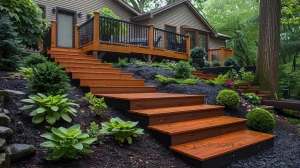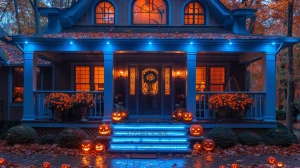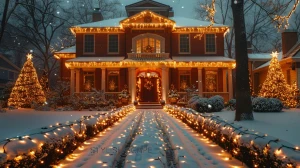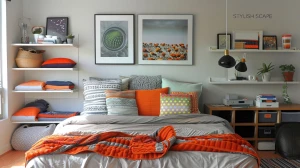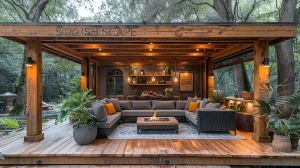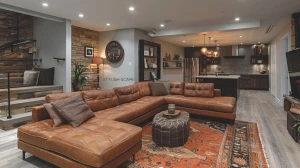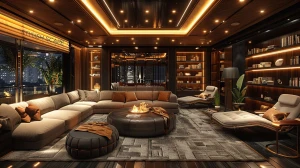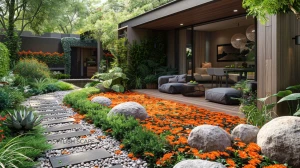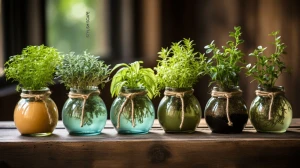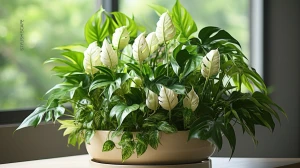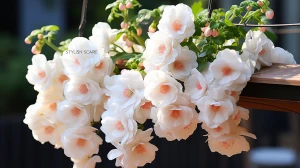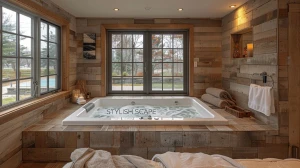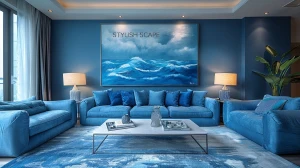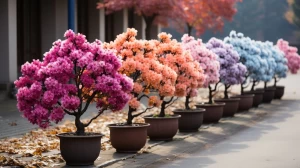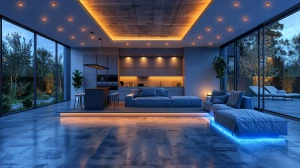
Embrace Elegance with 20 Art Deco Interior Design
Art Deco Interior Design combines luxury with geometric style, creating a glamorous and sophisticated atmosphere. Art Deco Interior Design features opulent details and modern elegance, transforming any space into a stunning showcase of classic charm.
by Priyanka P
Updated Sep 13, 2024
On This Page
- Art Deco Interior Design
- Art Deco Geometric Patterned Accents
- Opulent Materials
- Art Deco Eye-Catching Lighting Fixtures
- Vibrant Color Highlights
- Art Deco Reflective Surfaces
- Signature Art Deco Furniture
- Art Deco Arched Design Elements
- Exotic Animal Prints
- Classic Black-and-White Tiles
- Radiant Sunburst Motifs
- Art Deco Metallic Touches
- Sleek, Streamlined Forms
- Art Deco Striking Wallpaper Designs
- Rich Upholstery Fabrics
- Graphic Rugs
- Inlaid Furniture Details
- Art Deco Fanned-Out Light Fixtures
- Streamlined Furniture Pieces
- Art Deco Thematic Artwork
- Textural Layering
- Can Art Deco Interior Design be Combined With Other Styles?
Art Deco Interior Design
Art Deco is a stylish interior design that became popular in the 1920s and 1930s. It features bold geometric shapes, rich colors, and luxurious materials. You’ll often see chrome, glass, and shiny finishes. Furniture has sleek lines and elegant details, often with mirrored or metallic accents.
The color palette includes deep tones like navy blue, emerald green, and gold. Art Deco interiors might also have decorative patterns, like zigzags and chevrons, and ornate elements such as crystal chandeliers and decorative rugs. The look combines modern elegance with glamour, making spaces feel sophisticated and timeless.
Art Deco Geometric Patterned Accents
Art Deco geometric patterned accents are a hallmark of this style, featuring bold, symmetrical designs that include chevrons, zigzags, and octagons. These patterns are often used in wallpapers, rugs, and textiles to create a striking visual impact. Geometric shapes in Art Deco are designed to evoke modernity and progress, reflecting the era's fascination with technology and innovation.
Integrating geometric patterns into your décor adds a touch of sophistication and dynamism, whether through a statement rug, patterned wallpaper, or accent pillows. The key is to use these patterns in moderation to avoid overwhelming the space, allowing the bold designs to enhance the room's overall aesthetic.
Opulent Materials
Art Deco interiors are defined by their use of luxurious materials that convey elegance and grandeur. Key materials include rich fabrics like velvet and silk, as well as opulent surfaces such as marble and chrome. Upholstered furniture often features plush textures and intricate detailing, while decorative elements might incorporate materials like ebony, brass, and mirrored glass.
The use of these high-end materials reflects the Art Deco era’s emphasis on luxury and sophistication. To capture this look, focus on incorporating rich textures and finishes into your décor, using them to create focal points and elevate the overall ambiance of your space.
Art Deco Eye-Catching Lighting Fixtures
Art Deco lighting fixtures are known for their bold, dramatic designs that often feature geometric shapes and symmetrical patterns. These fixtures, such as chandeliers and sconces, are crafted from luxurious materials like crystal, brass, and chrome. Common design elements include fanned-out shapes, stepped forms, and intricate glass etchings.
These lighting pieces not only illuminate a room but also serve as statement pieces that draw attention and add a touch of glamour. When selecting Art Deco lighting, choose fixtures that complement other elements of the style and enhance the overall aesthetic of your space.
Vibrant Color Highlights
Vibrant color highlights are a defining feature of Art Deco interiors, where bold hues and rich tones create a sense of drama and sophistication. Popular colors include deep blues, emerald greens, and rich reds, often paired with metallic accents like gold and silver. These vibrant colors are used in various elements, from wall paints and upholstery to artwork and decorative accessories.
The contrast between bright colors and metallic finishes adds depth and luxury to the space. To incorporate vibrant colors, consider using them as accents against neutral backgrounds or in statement pieces to create visual interest and enhance the room’s overall design.
Art Deco Reflective Surfaces
Reflective surfaces are a signature element of Art Deco design, adding a touch of glamour and light to interiors. Materials like mirrored glass, polished chrome, and glossy lacquer are commonly used in Art Deco furnishings and decor. These surfaces help to amplify natural light and create a sense of space and openness.
Incorporating reflective surfaces can be achieved through mirrored furniture, decorative accents, or even wall panels. The key is to balance these elements with other textures and finishes to prevent the space from feeling too stark or cold, ensuring a harmonious and elegant overall look.
Signature Art Deco Furniture
Signature Art Deco furniture is characterized by its sleek lines, bold shapes, and luxurious materials. This style often features streamlined forms with minimal detailing, emphasizing elegance and functionality. Common pieces include large, geometric sofas, high-backed chairs with rich upholstery, and streamlined sideboards.
Materials like ebony, marble, and chrome are frequently used to create high-impact, sophisticated furnishings. To incorporate Art Deco furniture into your space, choose pieces that highlight the style’s emphasis on geometric design and opulence, and consider mixing them with other elements to create a cohesive and stylish interior.
Art Deco Arched Design Elements
Arched design elements are a notable feature of Art Deco interiors, adding a sense of grandeur and sophistication to the space. These arches can be incorporated into doorways, mirrors, and wall art, providing a classic yet modern touch. The smooth, curved lines of arches contrast with the geometric patterns typical of Art Deco, creating a balanced and dynamic design.
To incorporate arched elements, consider using them as architectural features or decorative accents, ensuring they complement other Art Deco motifs and enhance the overall aesthetic of the room.
Exotic Animal Prints
Exotic animal prints, such as zebra and leopard patterns, are a distinctive feature of Art Deco design, reflecting the era’s fascination with travel and adventure. These prints are often used in textiles like upholstery, rugs, and curtains to add a touch of exotic flair and opulence.
The patterns are typically bold and graphic, providing a dramatic contrast to the more restrained elements of Art Deco design. When incorporating animal prints, use them sparingly to avoid overwhelming the space, and pair them with complementary materials and colors to achieve a balanced and sophisticated look.
Classic Black-and-White Tiles
Classic black-and-white tiles are a staple of Art Deco interiors, offering a timeless and elegant aesthetic. These tiles are commonly used in flooring and backsplashes, featuring geometric patterns like checkerboards or octagons. The high-contrast color scheme creates a striking visual effect and adds a touch of sophistication to the space.
To achieve an Art Deco look with black-and-white tiles, choose patterns that reflect the era’s geometric style and ensure that the tiles are well-coordinated with other elements of the room.
Radiant Sunburst Motifs
Radiant sunburst motifs are a hallmark of Art Deco design, symbolizing energy and dynamism. These motifs are often featured in decorative elements such as mirrors, lighting fixtures, and wall art. The design typically includes rays or beams emanating from a central point, creating a dramatic and eye-catching effect.
Incorporating sunburst motifs into your decor can enhance the glamour and elegance of the space, providing a focal point that draws attention and adds a touch of Art Deco flair.
Art Deco Metallic Touches
Art Deco metallic touches add a layer of luxury and sophistication to interiors, reflecting the era’s fascination with technology and modernity. Common metals used include gold, silver, brass, and chrome, which are incorporated into furniture, fixtures, and decorative accents.
These metallic elements often feature sleek, polished finishes and geometric designs that complement other Art Deco motifs. To use metallic touches effectively, balance them with rich fabrics and colors to create a cohesive and glamorous look that embodies the essence of Art Deco style.
Sleek, Streamlined Forms
Sleek, streamlined forms are a defining characteristic of Art Deco design, emphasizing simplicity and elegance. This style often features furniture and decor with clean lines, minimal detailing, and smooth surfaces. The focus is on creating a sophisticated and modern look that reflects the technological advancements of the era.
To incorporate streamlined forms into your space, choose pieces that highlight geometric shapes and avoid overly ornate designs. This approach ensures that the Art Deco elements remain visually striking while maintaining a sense of elegance and refinement.
Art Deco Striking Wallpaper Designs
Art Deco striking wallpaper designs are known for their bold, geometric patterns and vibrant colors. These wallpapers often feature intricate designs such as chevrons, sunbursts, and angular shapes that create a dramatic visual impact. When using Art Deco wallpaper, consider applying it to a feature wall or accent area to enhance the overall aesthetic of the room.
The key is to choose designs that reflect the era’s opulence and modernity, ensuring that they complement other Art Deco elements and contribute to a cohesive and stylish interior.
Rich Upholstery Fabrics
Rich upholstery fabrics are central to Art Deco design, providing a sense of luxury and sophistication. Fabrics like velvet, silk, and satin are commonly used for furniture and decor, adding a plush and opulent feel to the space. These materials are often chosen for their texture and sheen, which contribute to the overall elegance of Art Deco interiors.
To incorporate rich upholstery fabrics, select furnishings and accessories that feature these luxurious materials, ensuring that they enhance the room’s aesthetic and align with other Art Deco elements.
Graphic Rugs
Graphic rugs are an important aspect of Art Deco design, featuring bold patterns and geometric shapes that complement the style’s overall aesthetic. These rugs often showcase striking designs such as chevrons, octagons, or abstract motifs, adding visual interest and sophistication to the space.
When choosing graphic rugs, consider selecting patterns that align with other Art Deco elements in the room, such as furniture and lighting. The goal is to create a cohesive look that enhances the room’s design while highlighting the distinctive features of Art Deco style.
Inlaid Furniture Details
Inlaid furniture details are a hallmark of Art Deco design, adding a touch of elegance and craftsmanship to furnishings. This technique involves embedding decorative materials, such as mother-of-pearl, tortoiseshell, or metal, into the surface of furniture pieces.
These intricate details create a visually striking contrast and enhance the overall sophistication of the piece. To incorporate inlaid furniture into your decor, select items that feature these embellishments and ensure they complement the room’s Art Deco elements, creating a cohesive and stylish look.
Art Deco Fanned-Out Light Fixtures
Art Deco fanned-out light fixtures are characterized by their distinctive design, featuring shades or elements that spread out in a fan-like shape. These fixtures often use materials like etched glass or chrome and may include geometric or stepped patterns. The fanned-out design creates a dramatic and elegant effect, making these fixtures a focal point in any room.
When selecting Art Deco light fixtures, choose designs that enhance the room’s aesthetic and complement other Art Deco elements, such as furniture and decor.
Streamlined Furniture Pieces
Streamlined furniture pieces are a key feature of Art Deco design, emphasizing clean lines and simplicity. These pieces often have a sleek, modern look with minimal detailing, reflecting the era’s focus on functionality and elegance. Common examples include geometric sofas, high-backed chairs, and streamlined sideboards.
To incorporate streamlined furniture into your space, choose items that highlight the style’s emphasis on clean lines and bold shapes, ensuring they enhance the overall Art Deco aesthetic of the room.
Art Deco Thematic Artwork
Art Deco thematic artwork captures the essence of the style through bold colors, geometric patterns, and opulent themes. This artwork often features motifs such as sunbursts, chevrons, and stylized figures, reflecting the era’s fascination with modernity and luxury.
To incorporate Art Deco artwork into your decor, select pieces that align with the overall design of the room and enhance the Art Deco elements. The key is to choose artwork that adds visual interest and complements other aspects of the style, creating a cohesive and elegant interior.
Textural Layering
Textural layering is a technique used in Art Deco interiors to add depth and richness to the space. This involves combining various materials and textures, such as velvet, chrome, and marble, to create a multi-dimensional look. The goal is to enhance the room’s aesthetic by incorporating a variety of tactile elements that complement the overall design.
To achieve effective textural layering, choose materials that align with the Art Deco style and ensure they work harmoniously with other elements, creating a sophisticated and visually engaging interior.
Can Art Deco Interior Design be Combined With Other Styles?
Yes, Art Deco Interior Design can be combined with other styles.
- Modern: Mix Art Deco’s glamorous elements with sleek, minimalist modern furniture to create a sophisticated yet contemporary look.
- Industrial: Pair Art Deco with industrial design by combining luxurious Art Deco finishes with raw, exposed materials like brick and metal.
- Mid-Century Modern: Integrate Art Deco with mid-century modern pieces for a fusion of elegance and retro charm.
- Traditional: Blend Art Deco’s bold patterns and colors with traditional furniture for a unique twist on classic designs.
- Scandinavian: Combine Art Deco’s opulence with Scandinavian simplicity to balance luxury with minimalism.
Art Deco Interior Design - FAQs
1. What is Art Deco Interior Design?
Art Deco Interior Design is a style from the 1920s and 1930s known for its luxurious and glamorous look. It features geometric patterns, bold colors, and rich materials like velvet and marble.
2. What are the key elements of Art Deco Interior Design?
Key elements include geometric shapes, mirrored surfaces, metallic finishes, and bold colors. Art Deco often incorporates luxurious materials like chrome, glass, and exotic woods.
3. How can I incorporate Art Deco Interior Design into my home?
To incorporate Art Deco, use bold, geometric patterns in your decor, choose luxurious materials for furniture, and add metallic accents. Incorporate vintage-inspired lighting fixtures and artwork for an authentic look.
